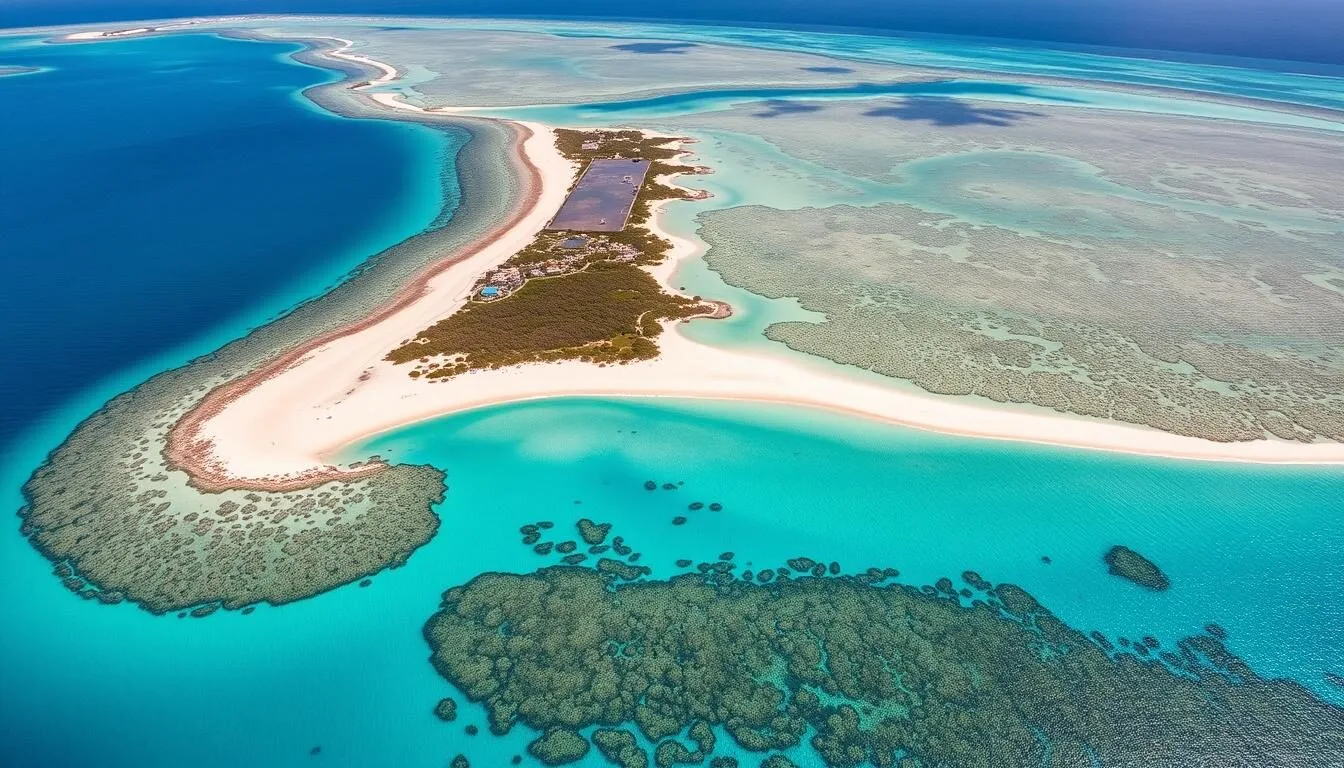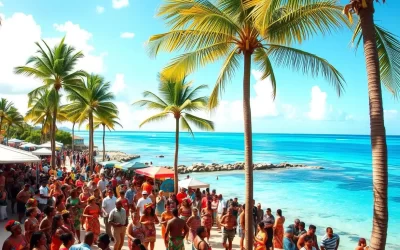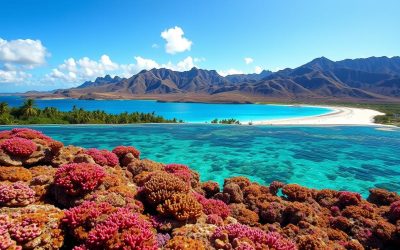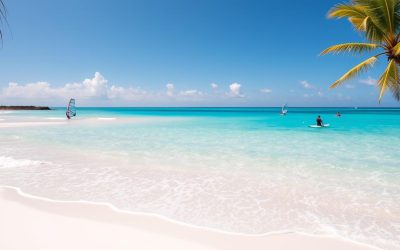✓ Accommodations ✓ Flights ✓ Rental Cars
Home to over 57 species of pristine coral and more than 350 fish species, Bonaire National Marine Park boasts such healthy reefs that they regenerate faster than they bleach—a rare phenomenon in today’s changing climate. This underwater sanctuary encircles the entire island of Bonaire and the uninhabited Klein Bonaire, creating one of the most accessible and well-preserved marine ecosystems on the planet.
Getting to Bonaire National Marine Park
Bonaire is accessible via Flamingo International Airport, which welcomes direct flights from several major hubs including Amsterdam, Miami, Atlanta, and Houston. Most visitors arrive via these gateways, though connecting flights through Curaçao or Aruba are also common options.
The marine park itself requires no special transportation—it begins right at the shoreline and extends to 200 feet of depth around the entire island. This means you can literally walk from your hotel room to world-class snorkeling and diving sites in minutes.
Ready to Experience Bonaire’s Underwater Paradise?
Find the best flight deals to Bonaire and start planning your marine adventure today.
Planning Your Journey to Bonaire National Marine Park

Before visiting Bonaire National Marine Park, you’ll need to purchase a nature fee tag. This $45 tag (valid for one calendar year) is required for all water activities within the marine park and helps fund conservation efforts. You can purchase it online through STINAPA Bonaire or at dive shops and activity centers upon arrival.
For eco-conscious travelers, Bonaire offers numerous ways to minimize your environmental impact. The island promotes sustainable tourism through initiatives like reef-safe sunscreen requirements, plastic reduction programs, and renewable energy. Many accommodations have adopted eco-friendly practices, making it easier to enjoy paradise responsibly.
Eco-Friendly Travel Tips:
- Use only reef-safe sunscreen (oxybenzone-free)
- Bring a reusable water bottle (tap water is safe to drink)
- Pack a mesh bag for beach cleanups
- Choose operators with Blue Flag certification
- Maintain proper buoyancy and never touch coral when diving or snorkeling
Best Time to Visit Bonaire National Marine Park
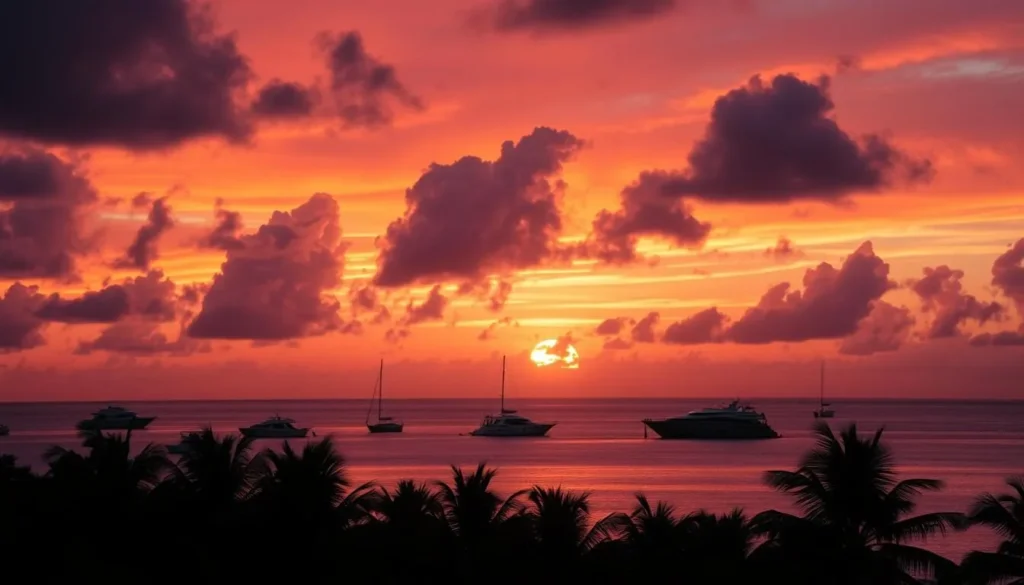
Bonaire enjoys a consistently warm climate year-round, with average temperatures hovering between 82-86°F (28-30°C). The island sits outside the hurricane belt, making it a relatively safe Caribbean destination even during storm season.
The peak tourist season runs from December to April, coinciding with the dry season. During these months, you’ll enjoy minimal rainfall and perfect conditions for underwater visibility. However, this is also when accommodation prices are highest and popular dive sites most crowded.
The shoulder seasons (May-June and October-November) offer an excellent balance of good weather, fewer crowds, and better rates. September tends to be the hottest month, while October through December see slightly more rainfall, though typically in brief afternoon showers that quickly clear up.
| Season | Months | Weather | Crowds | Prices |
| High Season | December-April | Dry, 82-84°F | Busy | Highest |
| Shoulder Season | May-June, Oct-Nov | Mostly dry, 84-86°F | Moderate | Moderate |
| Low Season | July-September | Hot, 86-88°F | Fewest | Lowest |
Getting Around Bonaire

While the marine park surrounds the entire island, accessing different dive and snorkel sites requires transportation. Renting a vehicle is highly recommended, as public transportation is limited and many of the best sites are spread around the island’s perimeter.
Most dive sites are marked by yellow stones with site names painted on them, making them easy to spot from the road. A high-clearance vehicle or 4×4 is recommended if you plan to visit Washington Slagbaai National Park in the north, which contains several excellent marine park access points.
For those staying in Kralendijk (the main town), some southern dive sites are accessible by bicycle. Many accommodations offer bike rentals, and the flat terrain makes for pleasant riding. Water taxis are available for trips to Klein Bonaire, the uninhabited island with pristine reefs just offshore.
Explore Bonaire at Your Own Pace
Rent a vehicle to discover all the marine park’s entry points around the island.
Where to Stay Near Bonaire National Marine Park
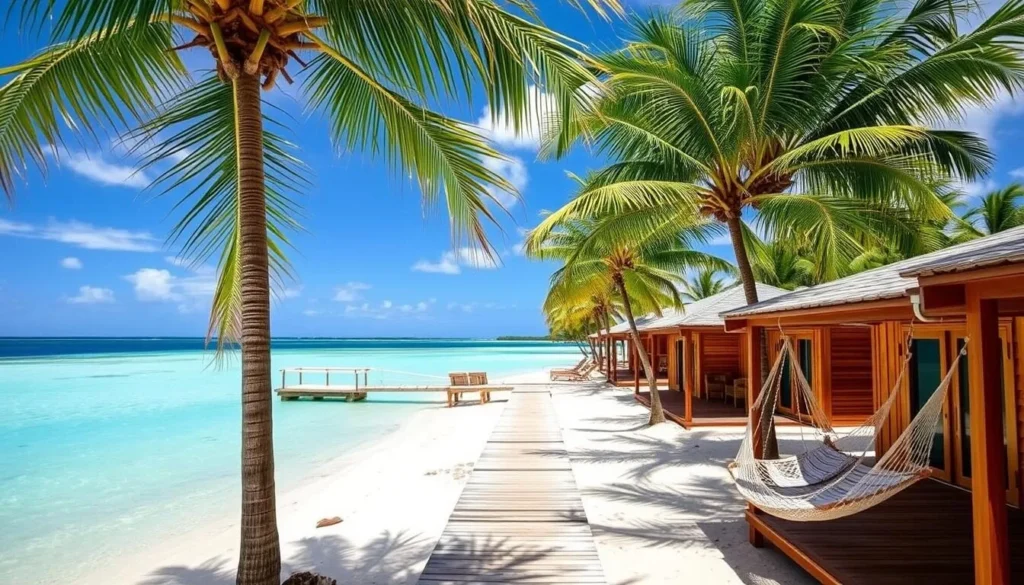
One of Bonaire’s unique advantages is that the marine park surrounds the entire island, meaning virtually all accommodations offer convenient access to underwater adventures. Your choice of lodging will depend on your preferences for amenities, budget, and proximity to specific dive sites.
Kralendijk, the capital, offers the widest range of accommodations from luxury resorts to boutique hotels and vacation rentals. Staying here puts you close to restaurants, shops, and dive operators, with several excellent shore diving sites within walking distance.
For dedicated divers, consider the “dive resorts” along the western coast that cater specifically to underwater enthusiasts. These properties typically feature on-site dive shops, gear storage, rinse tanks, and often have house reefs accessible directly from their docks or beaches.
Budget-conscious travelers will find apartment rentals and guesthouses throughout the island, many with kitchenettes that allow for self-catering—a popular option given Bonaire’s relatively high restaurant prices.
Find Your Perfect Bonaire Accommodation
From dive resorts with shore access to cozy apartments in town, find the ideal base for your marine park adventures.
Top Activities in Bonaire National Marine Park
The marine park offers an incredible array of activities for water lovers of all skill levels. From world-class diving to gentle kayaking through mangroves, there’s something for everyone to enjoy in this protected underwater paradise.
1. Shore Diving at 1000 Steps

Despite its intimidating name (there are actually only 67 steps), 1000 Steps is one of Bonaire’s most iconic dive sites. The site features a dramatic entry down a limestone staircase to a beautiful coral-fringed beach. Underwater, you’ll find a sloping reef with impressive coral formations, sponges in every color imaginable, and abundant marine life including turtles, eagle rays, and schooling fish.
The site is suitable for intermediate divers and offers excellent snorkeling opportunities as well. The reef begins in shallow water close to shore, making it accessible even for those who prefer to stay near the surface. Just remember those steps will feel a lot more like a thousand on the way back up after your dive!
2. Snorkeling at Bari Reef
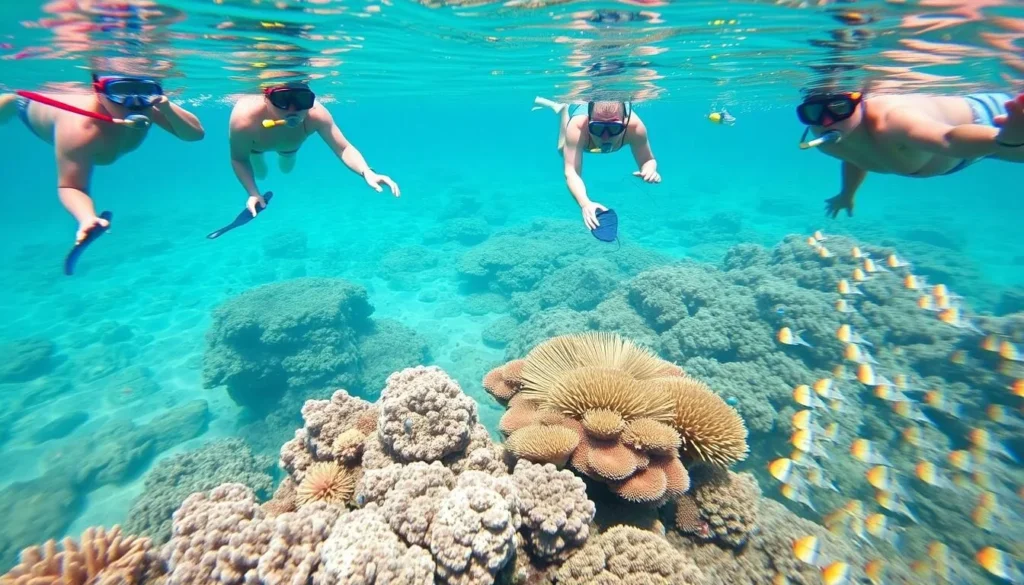
Bari Reef holds the distinction of having the highest fish species count in the Caribbean, making it a paradise for snorkelers and marine life enthusiasts. Located just offshore from several resorts in Kralendijk, this accessible site offers incredible biodiversity in relatively shallow water.
Even novice snorkelers can easily spot parrotfish, angelfish, butterflyfish, and the occasional turtle or ray. The reef starts in very shallow water and gradually slopes deeper, allowing you to explore at your comfort level. The site’s central location means you can easily combine it with other activities in town for a perfect day in Bonaire.
3. Kayaking Through Lac Bay Mangroves

For a change of pace from reef exploration, the mangrove forests of Lac Bay offer a completely different marine park experience. These crucial ecosystems serve as nurseries for many reef fish species and support a unique array of wildlife.
Guided kayak tours take you through narrow channels between the mangroves, where you can spot juvenile fish, upside-down jellyfish, and colorful sponges growing on the submerged roots. The calm, clear waters make this activity suitable for all ages and fitness levels. Many tours include snorkeling stops, allowing you to get an even closer look at this fascinating environment.
4. Windsurfing at Sorobon Beach

The protected waters of Lac Bay, part of the marine park, create ideal conditions for windsurfing. Sorobon Beach on the bay’s southern shore is world-renowned for its consistent trade winds and shallow, warm water—perfect for both beginners and experts alike.
Several windsurfing schools offer lessons and equipment rental, making it easy to try this exhilarating sport. The bay’s shallow depth (rarely more than chest-deep) provides confidence for learners, while the reliable winds challenge more experienced windsurfers. After your session, beachside bars and restaurants offer the perfect spot to relax and watch the action.
5. Visit the Salt Pans and Flamingo Sanctuary

The southern tip of Bonaire features expansive salt pans that not only produce some of the world’s highest quality sea salt but also create a unique habitat for wildlife. The Pekelmeer Flamingo Sanctuary, adjacent to the marine park, provides protected breeding grounds for the Caribbean flamingo.
From designated viewing areas, you can observe these elegant birds in their natural habitat. The stark white salt mountains against the pink-tinged ponds create a surreal landscape that photographers will love. Nearby, you can also visit the historic slave huts, small stone structures that provide a sobering reminder of the island’s past.
6. Night Diving at Town Pier

For a completely different perspective on the marine park, night diving at Kralendijk’s Town Pier offers an unforgettable experience. The pier’s pillars have become artificial reefs, densely covered with colorful sponges, corals, and other marine growth.
After dark, different creatures emerge—octopuses hunting for prey, sleeping parrotfish in their mucus cocoons, bioluminescent organisms, and hunting moray eels. This site requires a special permit and must be done with a local dive operator, but the unique experience is well worth the extra planning.
7. Explore Klein Bonaire
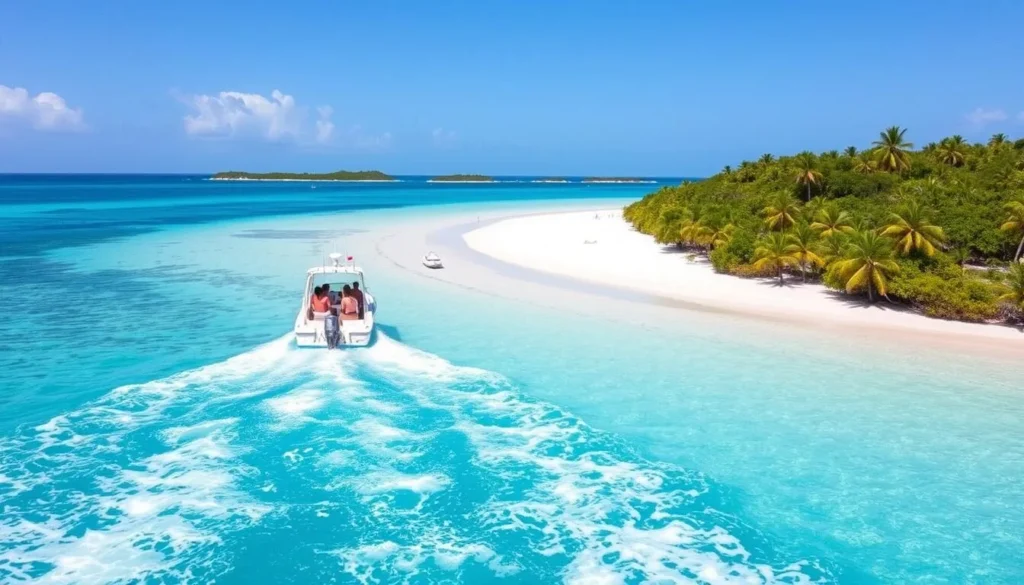
Just a short boat ride from Kralendijk lies Klein Bonaire, an uninhabited island surrounded by some of the marine park’s most pristine reefs. Water taxis run regularly from town, making this accessible as a day trip for snorkelers and divers alike.
No Name Beach offers a picture-perfect stretch of white sand for relaxing between water activities. The reefs around Klein Bonaire feature exceptional coral health and fish diversity, with popular sites like “Carl’s Hill” and “Monte’s Divi” offering spectacular wall dives. Since the island is uninhabited, remember to bring everything you need for the day, including plenty of water and sun protection.
8. Lionfish Hunting

Lionfish are beautiful but invasive predators that threaten Caribbean reef ecosystems. In a unique conservation effort, Bonaire allows specially trained and licensed divers to hunt these fish within the marine park. Several dive operators offer lionfish hunting courses and guided hunts.
This activity combines adventure with environmental stewardship, as removing lionfish helps protect native species. Many local restaurants participate in the “Eat ‘Em to Beat ‘Em” program, serving delicious lionfish dishes that help control the population while offering visitors a sustainable seafood option.
Ready for Underwater Adventures?
Book guided tours, diving packages, and water activities with trusted operators in Bonaire.
Practical Tips for Visiting Bonaire National Marine Park

Marine Park Regulations
To preserve the pristine condition of Bonaire’s reefs, the marine park enforces several important regulations:
- All visitors engaging in water activities must purchase a nature fee tag ($45 for divers, $25 for other users)
- No touching or standing on coral
- No collecting of shells, coral, or marine specimens
- No anchoring on reef (use designated mooring buoys)
- No fishing in marine park waters (with limited exceptions)
- Only reef-safe sunscreen allowed (oxybenzone-free)
- Spearfishing is prohibited (except for licensed lionfish hunters)
Essential Items to Pack
- Reef-safe sunscreen (oxybenzone-free)
- Rash guard or sun shirt (reduces sunscreen need)
- Underwater camera
- Reusable water bottle
- Dive log book (for divers)
- Water shoes for rocky entries
- Snorkel gear (can be rented but personal fit is better)
- Dry bag for electronics
- Hat and sunglasses
- Windbreaker (for boat trips)
Safety Information
While Bonaire is generally very safe for water activities, keep these safety tips in mind:
- Always use the buddy system when snorkeling or diving
- Be aware of currents, especially at sites on the east coast
- Stay hydrated—the combination of sun, wind, and salt water can lead to dehydration
- Use dive flags when shore diving
- Watch for boat traffic when snorkeling
- Emergency number: 911 (works throughout Bonaire)
- Hyperbaric chamber location: Kralendijk Hospital
Language and Currency
The official languages of Bonaire are Dutch and Papiamento (a local Creole language), but English is widely spoken, especially in tourist areas. The official currency is the U.S. Dollar, which makes transactions simple for American visitors. Credit cards are accepted at most establishments, though it’s wise to carry some cash for smaller vendors and in case of connectivity issues.
Dining Experiences Near Bonaire National Marine Park

After a day exploring the marine park, Bonaire offers diverse dining options that reflect its multicultural heritage. From casual beach bars to fine dining establishments, there’s something for every palate and budget.
Local Specialties to Try
- Keshi Yena – A traditional dish of stuffed Gouda or Edam cheese filled with spiced meat, olives, and prunes
- Kabritu Stoba – Goat stew slow-cooked with local vegetables and spices
- Lionfish – Eating this invasive species helps the reef; try it fried, grilled, or as ceviche
- Funchi – A polenta-like cornmeal side dish served with many meals
- Kadushi – Soup made from the Kadushi cactus, a true local delicacy
Oceanfront Dining
Many restaurants offer stunning views of the marine park while you dine. In Kralendijk, waterfront establishments range from casual to upscale, often featuring fresh-caught seafood and international cuisine with Caribbean influences. For a special experience, look for restaurants with pier seating directly over the water, where you can spot fish swimming below while you eat.
Food Trucks and Casual Eats
Bonaire has embraced the food truck trend, with several excellent mobile eateries serving everything from fresh fish to gourmet burgers. These offer great value and authentic flavors, often in scenic locations. Look for trucks near popular dive sites and beaches—they make for perfect lunch stops between marine park activities.
Conservation Efforts in Bonaire National Marine Park

Established in 1979, Bonaire National Marine Park was the first of its kind in the Caribbean. Its creation came from a recognition of the need to protect the island’s marine resources from increasing tourism and development pressures. Today, it stands as a model for marine conservation worldwide.
Coral Restoration Projects
The Reef Renewal Bonaire foundation manages several coral nurseries throughout the marine park. These underwater gardens grow endangered coral species like elkhorn and staghorn coral, which are later transplanted to restore damaged reef areas. Visitors can participate in educational dives to learn about these efforts or even volunteer to help with maintenance tasks.
Lionfish Control Program
Since the invasive lionfish has no natural predators in the Caribbean, Bonaire has implemented an innovative control program. Specially trained and licensed divers can hunt lionfish within the park, helping to reduce their impact on native fish populations. The program has been successful in keeping lionfish numbers manageable around Bonaire compared to other Caribbean locations.
Mooring Buoy System
To prevent anchor damage to coral reefs, the marine park maintains over 100 public mooring buoys around the island. Boats can tie up to these instead of dropping anchor, protecting the fragile reef structures below. This system has been crucial in preserving Bonaire’s underwater environment and is funded in part by visitor nature fees.
How Visitors Can Help
Every visitor to Bonaire can contribute to conservation efforts through responsible tourism practices:
- Practice proper buoyancy control when diving
- Participate in organized beach or underwater cleanups
- Choose eco-certified tour operators and accommodations
- Report environmental violations to park authorities
- Support local conservation organizations through donations or volunteering
Where to Stay for the Best Marine Park Access
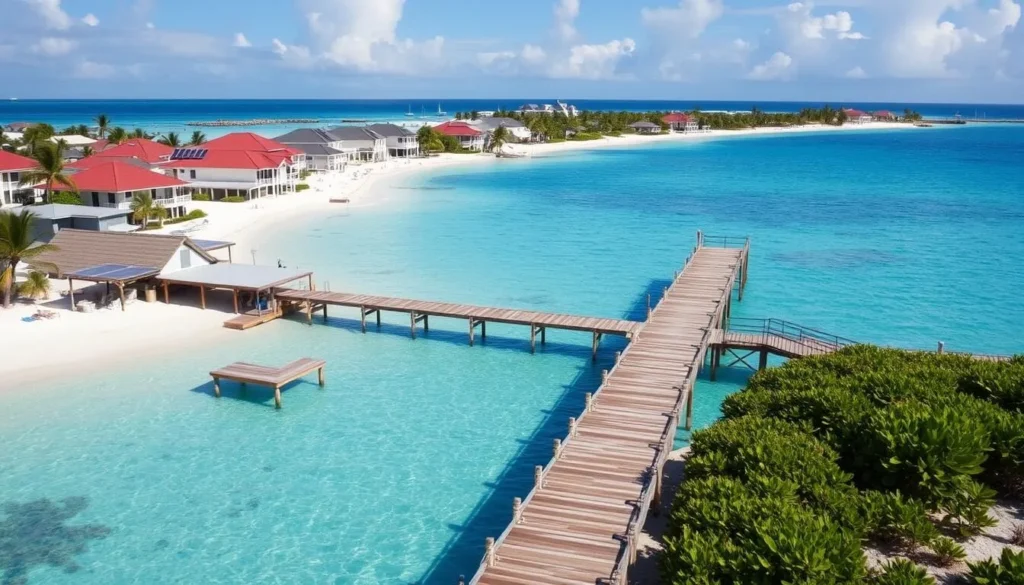
Choosing the right accommodation can significantly enhance your marine park experience. Many properties offer direct shore access to dive and snorkel sites, eliminating the need for transportation between activities.
Dive Resorts
Specialized dive resorts cater to underwater enthusiasts with amenities like on-site dive shops, gear storage, rinse tanks, and 24-hour air fills. Many have house reefs accessible directly from their property and offer packages that include unlimited shore diving. These resorts typically provide transportation to boat dive sites and may offer guided experiences for those new to Bonaire’s waters.
Beachfront Properties
For those who want to mix marine activities with beach relaxation, beachfront properties provide the best of both worlds. While natural beaches in Bonaire tend to be narrow and composed of coral rubble, many oceanfront properties have created comfortable beach areas with easy water entry points. These accommodations range from luxury resorts to boutique hotels and vacation rentals.
Eco-Lodges
Environmentally conscious travelers can choose from several eco-lodges that operate with sustainable practices aligned with the marine park’s conservation mission. These properties typically feature solar power, water conservation systems, and organic gardens. Many are located in quieter areas of the island, offering a more immersive nature experience.
Find Your Perfect Bonaire Accommodation
From dive resorts with house reefs to eco-friendly beachfront properties, find the ideal base for your marine park adventures.
Suggested Itineraries for Bonaire National Marine Park

3-Day Marine Park Highlights
Day 1: Introduction to Bonaire’s Underwater World
- Morning: Orientation snorkel at Bari Reef
- Afternoon: Guided mangrove kayak tour in Lac Bay
- Evening: Sunset dinner at oceanfront restaurant
Day 2: Southern Marine Park Exploration
- Morning: Boat trip to Klein Bonaire for snorkeling
- Afternoon: Visit salt pans and flamingo sanctuary
- Evening: Night snorkel at Kralendijk pier
Day 3: Northern Marine Park Adventures
- Morning: Shore dive or snorkel at 1000 Steps
- Afternoon: Explore Washington Slagbaai National Park
- Evening: Beachside BBQ at Sorobon
Extension Ideas:
- Take a PADI Discover Scuba course
- Join a guided fish identification dive
- Volunteer with coral restoration project
- Try windsurfing at Lac Bay
One-Week Comprehensive Marine Park Experience
For those with more time, a week allows you to fully experience the diversity of Bonaire’s marine environments at a relaxed pace. Alternate between dive/snorkel days and topside activities to avoid fatigue and nitrogen buildup. Include at least one day to explore the Washington Slagbaai National Park, which offers both terrestrial wildlife viewing and access to some of the less-visited northern marine park sites.
Cruise Ship Visitor’s Guide
With limited time in port, cruise visitors should focus on one or two key experiences:
- Option 1: Book a 2-tank boat dive to hit premium sites quickly
- Option 2: Take a guided snorkel tour to Klein Bonaire
- Option 3: Combine a single-site snorkel with a mangrove kayak tour
- Option 4: Join a glass-bottom boat tour for non-swimmers
Pre-booking activities is strongly recommended for cruise visitors to ensure availability during your short stay.
Make the Most of Your Bonaire Visit
Book guided tours and activities in advance to secure your spot and maximize your time in the marine park.
Marine Life Highlights of Bonaire National Marine Park
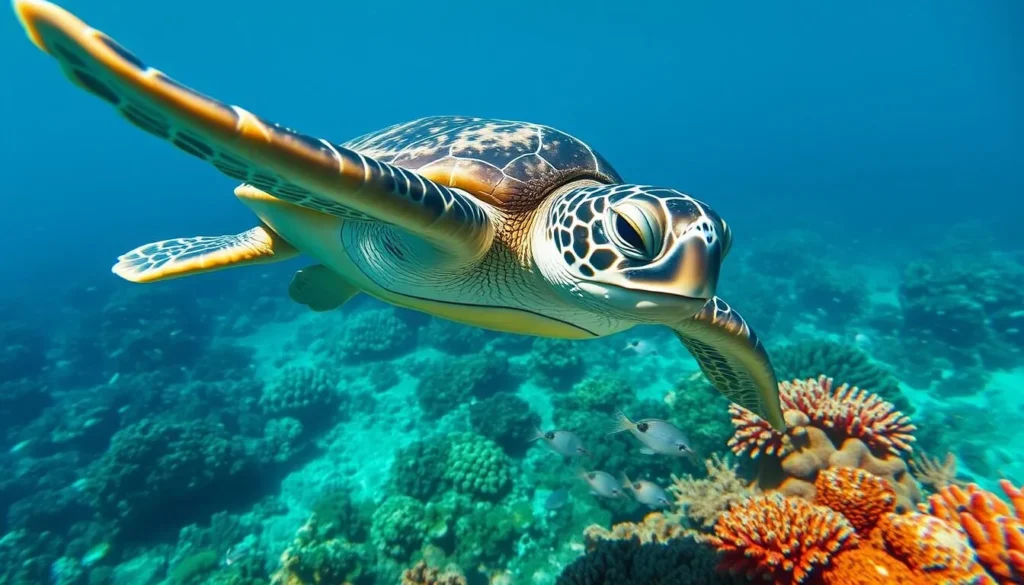
Bonaire’s protected waters host an astonishing diversity of marine life. Here are some of the most iconic species you might encounter during your visit:
Coral Species
Bonaire’s reefs feature over 57 species of stony and soft corals. Look for:
- Elkhorn and Staghorn Coral – Once abundant but now endangered, these branching corals are making a comeback thanks to restoration efforts
- Brain Coral – Massive, rounded colonies with distinctive maze-like patterns
- Pillar Coral – Tall, finger-like projections that sway gently in the current
- Sea Fans – Purple and yellow fan-shaped soft corals that filter plankton from the water
Reef Fish

With over 350 recorded fish species, Bonaire’s waters are a kaleidoscope of marine life. Common sightings include:
- Parrotfish – These colorful reef architects help create sand with their coral-munching habits
- Angelfish – Look for the Queen, French, and Gray angelfish species
- Frogfish – Masters of camouflage that blend perfectly with their surroundings
- Seahorses – Patient observers may spot these delicate creatures clinging to sea fans
- Trumpetfish – These elongated predators often hover vertically to ambush prey
Larger Marine Life
Beyond the reef fish, lucky visitors might encounter:
- Sea Turtles – Green, hawksbill, and loggerhead turtles are common sightings
- Southern Stingrays – Often seen resting on sandy bottoms
- Eagle Rays – These graceful creatures often swim in formation near reef edges
- Tarpon – Schools of these large, silver fish patrol many dive sites
- Reef Sharks – Occasional sightings of Caribbean reef sharks, especially at deeper sites
Unique Ecosystems
The marine park encompasses several distinct ecosystems:
- Fringing Coral Reefs – The main attraction, these reefs circle the island
- Seagrass Beds – Important feeding grounds for turtles and conch
- Mangrove Forests – Nurseries for juvenile fish and unique invertebrates
- Sandy Flats – Home to garden eels, flying gurnards, and buried stingrays
- Deep Walls – Where pelagic species and deep-water creatures can be spotted
Photography Tips for Bonaire National Marine Park

Bonaire offers exceptional underwater photography opportunities with its clear waters and abundant marine life. Whether you’re a seasoned photographer or just wanting to capture memories with a GoPro, these tips will help you get the best shots.
Equipment Recommendations
- For Casual Photographers: A waterproof action camera like GoPro or Insta360 is perfect for snorkelers and casual divers
- For Enthusiasts: Consider a compact camera with an underwater housing and external strobe
- For Professionals: DSLR or mirrorless cameras in housings with dual strobes will capture the full color spectrum
- Accessories: Red filters help restore color at depth, and a pointer stick (not for touching marine life) helps with stability
Best Sites for Photography
Some marine park locations offer particularly photogenic opportunities:
- Salt Pier – The pier’s pillars create dramatic silhouettes and are covered with colorful marine growth
- Hilma Hooker – This intentionally sunk shipwreck offers dramatic wide-angle opportunities
- Klein Bonaire – The pristine reefs here feature excellent visibility and diverse marine life
- Lac Bay Mangroves – Unique lighting through the mangrove roots creates ethereal scenes
Lighting Techniques
Underwater photography requires special attention to lighting:
- Shoot during mid-morning to early afternoon for optimal natural light penetration
- Position yourself with the sun at your back when using natural light
- Use artificial light (strobes or video lights) to restore red and orange colors that water filters out
- For split shots (half above/half below water), choose calm days and use a dome port
Conservation Considerations
Remember that getting the perfect shot never justifies harming marine life:
- Maintain proper buoyancy to avoid touching coral
- Never move or manipulate marine life for photos
- Keep a respectful distance from all creatures
- Consider sharing your images with conservation organizations to help document reef health
Family-Friendly Experiences in Bonaire National Marine Park

Bonaire National Marine Park offers plenty of opportunities for families with children to experience marine environments together. The island’s calm waters and accessible shore entries make it ideal for introducing kids to the underwater world.
Kid-Friendly Snorkel Sites
These locations offer safe, easy access for young snorkelers:
- Windsock – A sandy-bottom entry with gradually increasing depth and plenty of fish
- Te Amo Beach – Located near the airport with easy entry and shallow reef areas
- Sorobon Beach – The protected bay has extremely shallow, calm water perfect for beginners
- Eden Beach – Resort beach with facilities and easy snorkeling access
Educational Programs
Several organizations offer programs specifically designed for young ocean enthusiasts:
- STINAPA Junior Ranger Program – For children 8-12, this program offers educational activities about marine conservation
- Bubble Maker Courses – Many dive shops offer these introductory scuba experiences for children as young as 8
- Marine Park Visitor Center – Interactive exhibits explain reef ecology in kid-friendly ways
Alternative Activities
When the kids need a break from the water:
- Donkey Sanctuary – Visit rescued donkeys in a protected environment
- Mangrove Info Center – Learn about these crucial ecosystems through interactive displays
- Washington Slagbaai National Park – Spot flamingos, iguanas, and other wildlife
- Bonaire Butterfly Garden – Get up close with colorful native species
Safety Tips for Families
Keep these considerations in mind when visiting the marine park with children:
- Use properly fitted snorkel gear—child-sized masks are essential for a good experience
- Consider full-face snorkel masks for young children, which can be easier to use
- Apply reef-safe sunscreen frequently and use rash guards for added protection
- Bring flotation devices for less confident swimmers
- Plan water activities in the morning when children are fresh and winds are typically calmer
Experience the Wonder of Bonaire National Marine Park

Bonaire National Marine Park stands as a testament to what’s possible when conservation and tourism work in harmony. From the moment you dip below the surface and witness the kaleidoscope of colors and life forms, you’ll understand why this protected area has earned its reputation as one of the world’s premier marine destinations.
Whether you’re an experienced diver logging your hundredth dive or a first-time snorkeler just discovering the wonders beneath the waves, Bonaire offers accessible underwater experiences found nowhere else. The island’s commitment to preservation ensures these treasures will remain for generations to come.
As you plan your visit to this underwater paradise, remember that every nature fee paid and every conservation guideline followed contributes to keeping Bonaire’s reefs healthy and vibrant. Your journey here is not just a vacation—it’s participation in one of the world’s most successful marine conservation stories.
Ready to Dive Into Bonaire’s Underwater Wonderland?
Start planning your perfect Bonaire adventure today with flights, accommodations, and activities all in one place.
The above is subject to change.
Check back often to TRAVEL.COM for the latest travel tips and deals.
